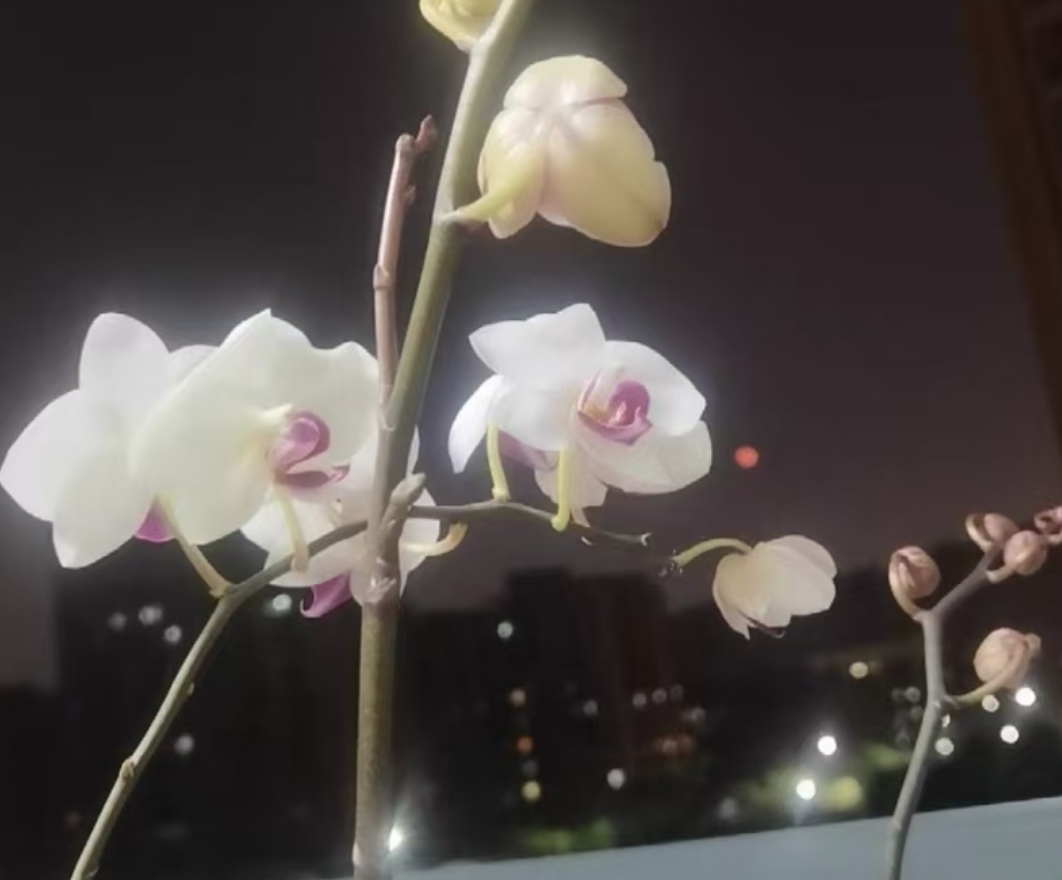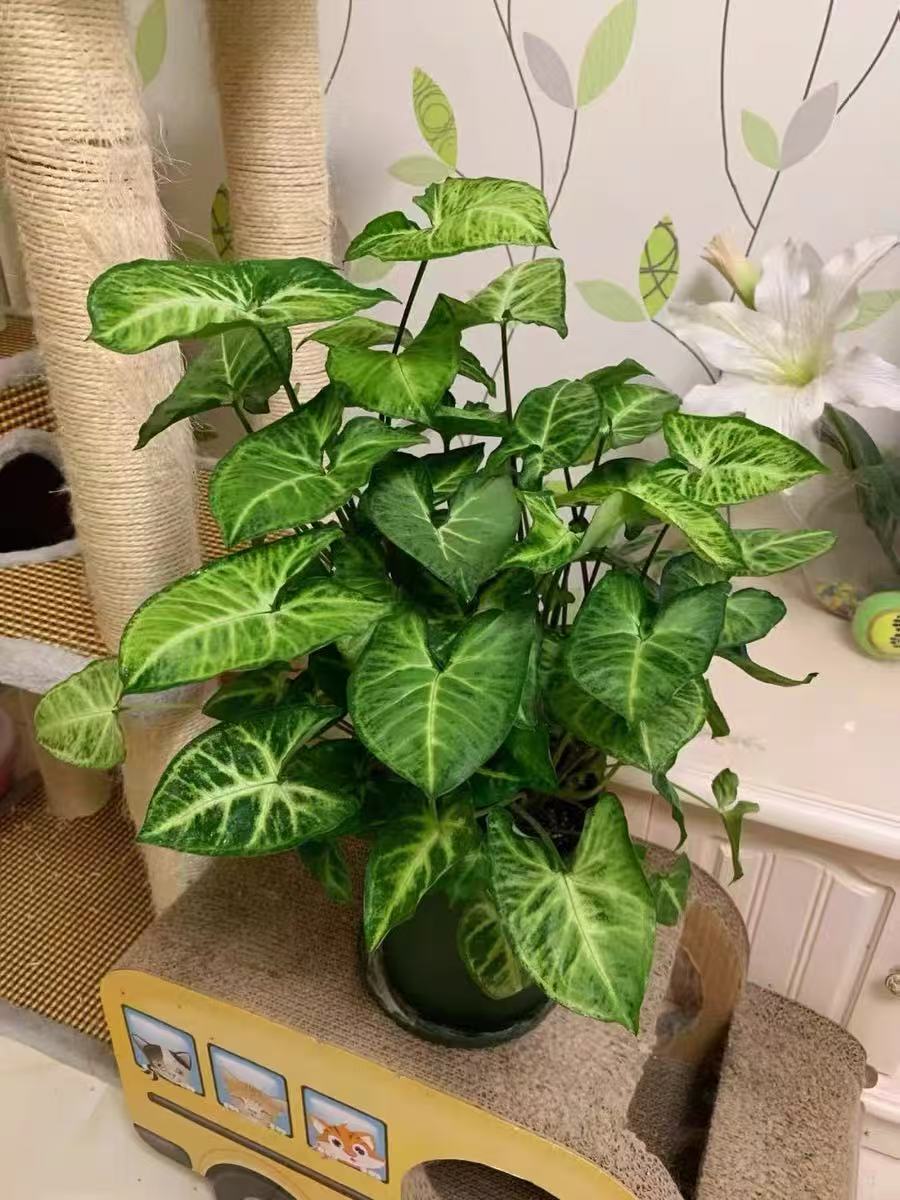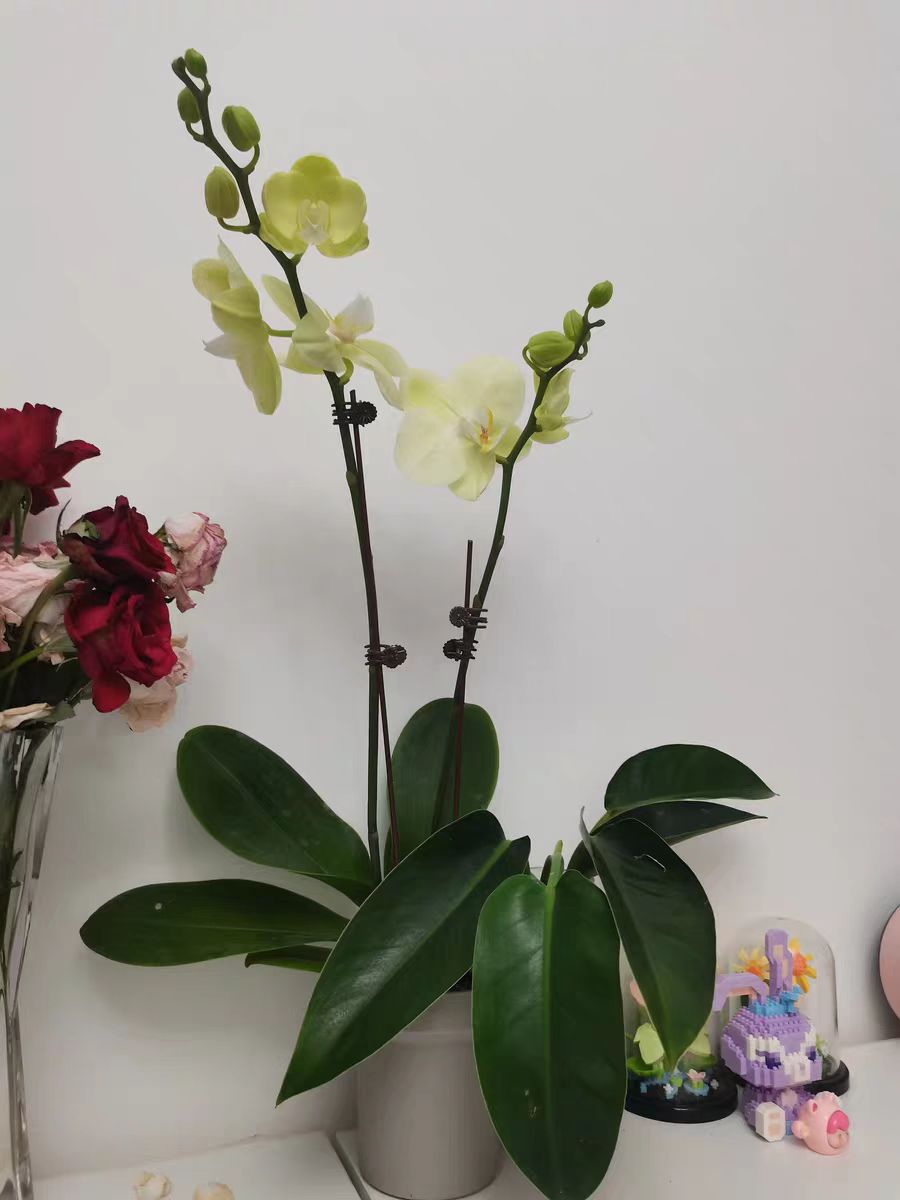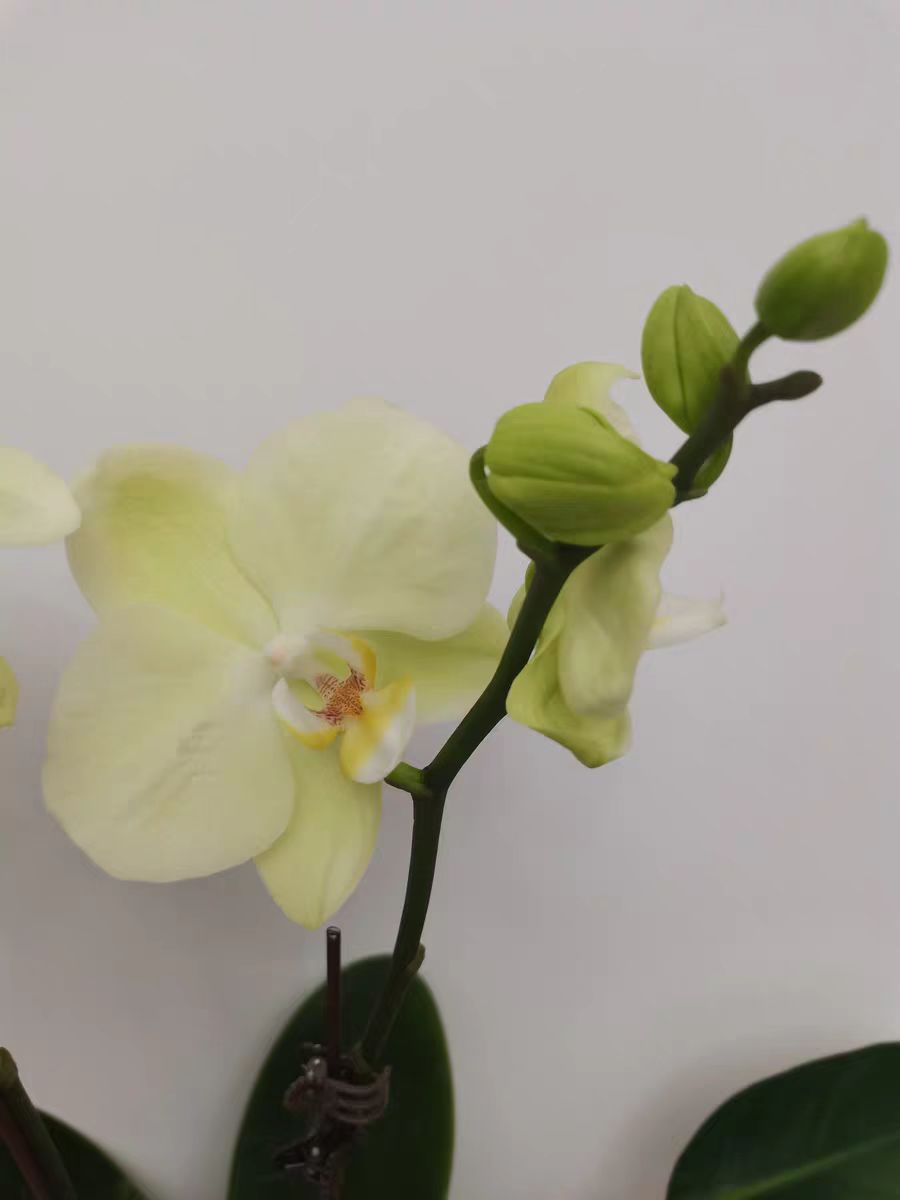Among thousands of varieties of flowers, the Phalaenopsis is surely one of the most dazzling ones. It is simply because its flowers flutter and dance like butterflies, and there are numerous combinations of bright colors, which are extremely appealing. However, when trying to unlock the door to lush flower growth, numerous problems always arise. Many flower enthusiasts have indicated that the Phalaenopsis often tends to wither away after being repotted. Why is that? And how can we ensure the healthy growth of the Phalaenopsis after repotting?
Generally speaking, repotting the Phalaenopsis is intended to rejuvenate it. However, things often go contrary to expectations after repotting. The main reason is that most people, eager to quickly restore the vitality of the Phalaenopsis after repotting, blindly choose to apply a large amount of fertilizer, which suffocates the roots and eventually damages the plant to death. So, how should we correctly repot it and take care of it after repotting?
Correct Repotting
The Phalaenopsis usually needs to be repotted once every 1 - 2 years. For the flowerpot, you can choose special orchid pots, purple sand pots, or ceramic pots. As long as the pot has holes at the bottom to ensure good air permeability and no waterlogging, it will do. Secondly, select a mixed substrate composed of decomposed leaf soil, peat soil, perlite, and coconut coir. Finally, if you notice that the roots are aging or rotting, you should trim them and soak them in a potassium permanganate solution for disinfection.
After Repotting Care
After repotting, the root system of the Phalaenopsis needs an adaptation period of more than half a month. At this time, fertilization must not be carried out. During this stage, the main task is to let the plant recover and regain its vitality. Therefore, during this period, it is only necessary to keep the soil in a moist state. Be careful not to overwater it just because it likes moisture, and make sure there is no waterlogging at the bottom of the pot. Moreover, place the plant in a well-ventilated area with suitable light. When taking care of it, avoid direct strong winds, air-conditioning drafts, and the like. Most importantly, do not fertilize the Phalaenopsis until its root system is fully adapted. Doing so will only put pressure on it. You should wait until the new roots and leaves are full of vitality before gradually applying fertilizer.
Finally, after repotting, the care methods also need to be adjusted according to the weather. If abnormal situations such as yellowing leaves and slow growth occur, corresponding adjustments should be made promptly to watering, lighting, and air stability.
May I fertilize the Phalaenopsis after just repotting it?

Share with
Tagged in :




Leave a Reply